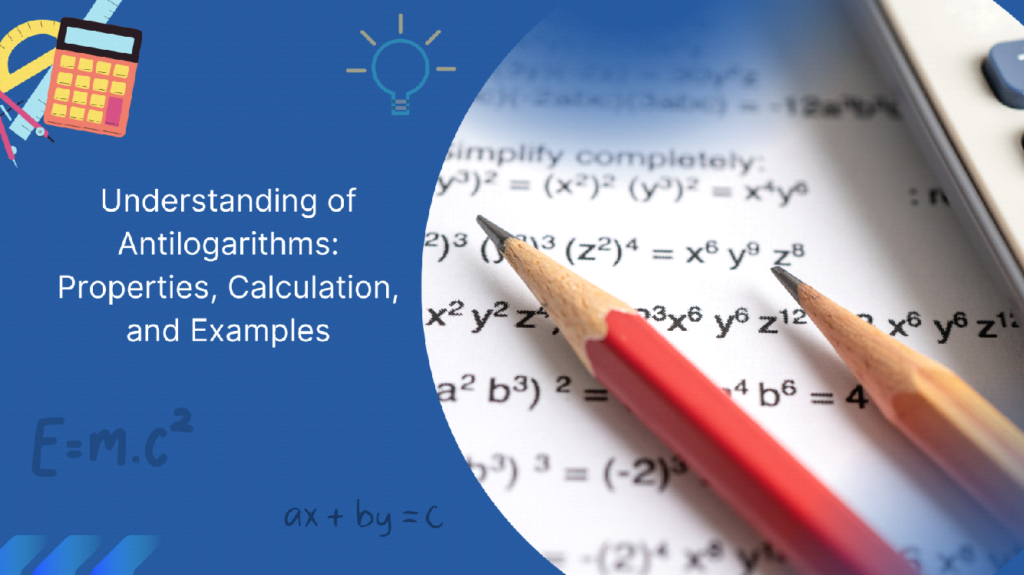Contents
Colloidal are also known as colloids or colloidal suspension, the colloidal solution can be describe as a mixture of particles of substances. These small particles are microscopically dispersed and soluble/insoluble which are suspended in a fluid regularly.

They normally represent a solution system in which the particles comprising that system have a particle size in-between that of a true solution and a coarse dispersion, ideally ranging between 1nm to 500 nm. A colloidal solution may be regarded as a two-phase (heterogeneous) system under some circumstances, while it may be believed as a one-phase (homogeneous) system under other circumstances.
Examples of Colloidal Solution
Not every mixtures are known as colloids. The mixtures where the suspended particles don’t settle down at the lowest and get evenly dispersed into other substance are called colloids. Some examples of colloidal solutions are as below:
- Blood
- Paints
- Whipped cream
- Perfume
- Fire retardant
Classification of Colloidal
The colloidal are classified based on the following:
1. Based on ‘Dispersion Medium‘
Hydrosol (water enact as a dispersion medium), Acrosol (consists a dispersed phase particle in the air) and Alcosol (alcohol enact as a dispersion medium.
2. Based on ‘Physical State’
Aerosol (air enact as the dispersion medium), Emulsion (this is liquid-liquid solutions in which the dispersed phase is liquid) and Gels (this is solid dispersion medium).
3. Based on ‘Interaction Forces’
The kind of colloids solutions based on the interaction between the forces of the dispersion medium and dispersed phase are discussed underneath:
- Lyophilic Colloids
The colloids systems in which the colloidal particles interact to an appreciable extent with the dispersion medium are referred to as the lyophilic colloids. The term “lyophilic means solvent loving”. Owing to their affinity for the dispersion medium those materials form colloids sols.
- Lyophobic Colloids
Lyophobic colloids are made-up of substances which have very little attraction, if present for the dispersion medium. These are the lyophobic (solvent-hating) colloidal and predictably, their properties are different from those of the lyophilic colloids.
- Association Colloids
Association or amphiphilic colloids are the third kind of colloidal systems. In these kind of colloids, some molecules or ions termed amphiphiles or surface-active agents, are distinguish by having two distinct regions of opposing solution affinities within the same molecule or ion.
Preparation of ‘Colloidal Solution’
There are commonly two major ways for preparation of colloidal solution, i.e., by dispersion method (physical techniques) and condensation method (chemical techniques).
1. Dispersion Method: The dispersion method for preparation of colloids commonly includes the following below physical methods:
- Bredig’s Arc Method or by Electrical Dispersion
- Mechanical dispersion
- Peptization
2. Condensation Method : Preparation of colloidal solution by condensation method uses the following below chemical techniques:
- Oxidation
- Hydrolysis
- Double decomposition
- Exchange of solvent
- Excessive cooling
- Change of physical state
Properties of ‘Colloidal Solutions’
The colloidal solution reveal a wide range of properties which are categorized into three broad types discussed below:
1. Optical Properties of ‘Colloidal Solutions‘
- Elicitation in ‘Electron Microscope’- The electron microscope adequate of yielding pictures of the actual particles, even those coming molecular dimensions, is now mostly used to observe the shape, size and structure of colloidal particles.
- The ‘Faraday-Tyndall Effect’- When a powerful beam of light is passed through a colloids sol, a visible cone, consequent from the scattering of light by the colloids particles is formed. This is known as ‘Faraday–Tyndall effect’.
- Light Scattering- Light scattering ability of the Colloidal solution particles is based on the ‘Faraday-Tyndall Effect’ discussed in the above paragraph. A most common example of this is the blue color of the sky which can be seen by our eyes due to the scattering of the light of blue wavelength by the colloids particles which are present in the atmosphere. This property of colloidal particles is used to complete their molecular weight.
2. Kinetic Properties of ‘Colloidal Solutions’
- Diffusion: Colloidal particles diffuse impulsive from a region of higher concentration to one of lower concentration until the concentration of the system is uniform throughout. Diffusion is a direct outcome of the Brownian movement.
- Sedimentation: The colloids particles do not have any aptness to sediment because the particles are continuously in Brownian motion as already discussed. This Brownian motion in the colloidal particles is sufficient to combat the gravitational force applied on them. Hence, a powerful force must be applied to bring about the sedimentation of colloidal particles in a quantitative and measurable manner. This is accomplished by use of the ultracentrifuge which can generate a force one million times that of gravity.
- Viscosity: Viscosity is an aspect of resistance to the flow of a system under an applied stress. If a liquid is high in viscous, a huge amount of force is required to start its flow and regulate it at a particular rate.
- Osmotic Pressure: The osmotic pressure of the colloids particles is defined by the Van’t Hoff Equation (π = cRT), where [π] is for osmotic pressure, [c] is for concentration of the solute in the system, [R] is for universal gas constant and (T) is for temperature. So, according to this above equation, the osmotic pressure of the colloids particles is directly proportional to all these elements.
3. Electrical Properties of ‘Colloidal Solutions’
- ‘Donnan Membrane’ Equilibrium: If sodium chloride is situated in a solution on one side of a semipermeable membrane and a negatively charged colloid on each other with its counter ions R-Na+ is placed on the other side, the sodium and chloride ions can pass without restraint across the barrier but not the colloids anionic particles.
- ‘Electro-kinetic’ Phenomena: The movement of a charged surface with regard to an adjacent liquid phase is the basic principle underlying four electro-kinetic phenomena- electro-osmosis, electrophoresis, sedimentation potential & streaming potential. Electrophoresis is a occurrence of the movement of charged particles in a liquid medium upon application of a potential difference. Electro-osmosis is a event in which the application of a potential causes a charged particle to move comparative to the liquid which is stationary. Sedimentation potential is the making of a potential difference when charged particles undergo the process of sedimentation.
Conclusion
Colloidal solution is a suspension of solid particles in a liquid. There is no solution without a particle, so it is easy to understand what a colloidal solution is. The particles are so small that they are normally not visible to the naked eye. You can find colloidal solution in all types of products. It can be found in face masks, moisturizers, shampoos, and soaps.



![Zoology Important Questions [Class 11th-English medium] Zoology Important Questions class 10 english medium](https://edukar.in/wp-content/uploads/2022/09/Zoology-Important-Questions-class-10-english-medium-1024x597.webp)

![Carbon And Its Compounds Important Questions [Class 10] Carbon And Its Compounds Important Questions Class 10](https://edukar.in/wp-content/uploads/2022/09/Carbon-And-Its-Compounds-Important-Questions-Class-10-1024x597.webp)




![Biology Class 10 Very important [Questions &Answers] Biology Important Questions with Answers class 10](https://edukar.in/wp-content/uploads/2022/09/Biology-Important-Questions-with-Answers-class-10-1024x597.webp)




![Web application and Security Class 10 [Questions Answers & MCQs] Web application Class 10 Questions & Answers](https://edukar.in/wp-content/uploads/2022/09/Web-application-Class-10-Questions-Answers-1024x597.webp)
